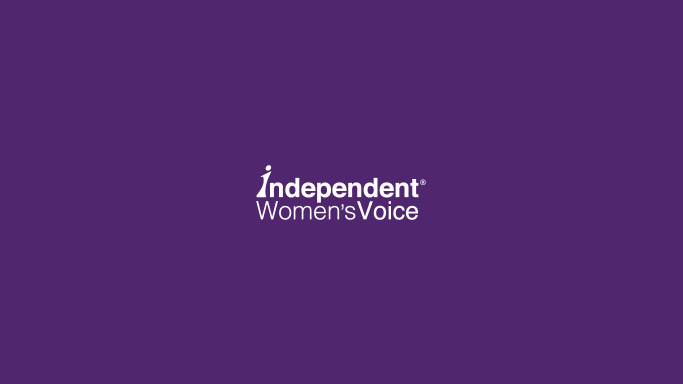There have been important changes made to health insurance, particularly to the Affordable Care Act (aka ObamaCare). Some of the healthcare reforms are complicated and, at times, confusing. To top it off, there are some false narratives being spread about past and future healthcare reforms. It’s important to clear the air and give you the truth about this important topic that affects all of us.
Here are the facts about health insurance under the ACA:
-
Twenty-nine percent of ACA customers on HealthCare.gov have only one insurance company from which to choose on the exchange. This lack of choice has been a worsening problem under the ACA. (Source: Department of Health and Human Services)
-
There were approximately 47 million uninsured Americans before the passage of the Affordable Care Act, which was intended to ensure that everyone was insured. Yet, despite the ACA, 28 million adults still remain without health coverage. This is up about 4 million since 2016, in part due to insurers continuing to exit the market. (Sources: Kaiser Health, the Commonwealth Fund)
-
As health insurance premium costs rise, so do costs to taxpayers. That’s because the government provides taxpayer-funded subsidies to several million people to lower their insurance costs. (Sources: Forbes, the Congressional Budget Office)
-
New regulations and requirements in the ACA related to health insurance coverage and pricing contributed most to rising premiums. (Sources: Milliman Study, The Wall Street Journal)
Here are the facts about current and future healthcare reforms:
-
The best way to reverse the ACA’s effect on health insurance costs is to remove the legal requirement that all insurance plans must cover everyone with the same coverage at the same price, while putting safety nets in place for those who have unaffordable health conditions. (Sources: The Manhattan Institute, Time, The Heartland Institute)
-
The Trump Administration and Congress have made several key changes to health care:
-
Repealed the individual mandate penalty for not purchasing health insurance
-
Abolished the Independent Payment Advisory Board, sometimes called a “death panel,” an unelected group of 15 people who were tasked with rationing Medicare spending
-
Approved new types of affordable healthcare plans for individuals and small businesses who previously couldn’t qualify
-
Implemented new rules that grant individuals up to three years of coverage through affordable “short-term” health insurance plans
-
Stopped taxpayer-funded subsidies to health insurance companies that were never appropriated by Congress (Source: Committee on Ways and Means)
-
-
Here is what would change for uninsured people under the proposed healthcare reforms: average premiums would be lower and those with pre-existing conditions could be added to a Guaranteed Protection Program year-round. (Source: Congressional Budget Office)
-
Short-term insurance plans are 50-80% more affordable than ACA plans because they aren’t subject to the same regulations as ACA plans. They don’t require people to pay for “essential health benefits” that many people don’t want (e.g. maternity care for single men and seniors). And insurers can reward healthy customers with discounts for these plans. (Source: CNBC)
-
Some consumers could save thousands of dollars per year by using Association Health Plans, which were approved by the Administration. Premiums under these plans will be nearly $10,000 lower per year than individual ACA plans, because people won’t be forced to buy coverages they don’t want or need, and because insurers will be able to offer rewards to healthy customers. As a result, fewer people will be uninsured. (Sources: Avalere, the Congressional Budget Office)
For more information, check out: https://bit.ly/2qlwBDW

